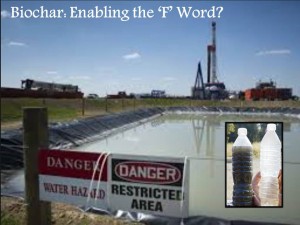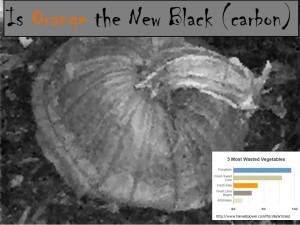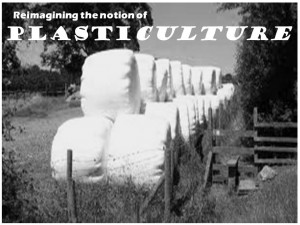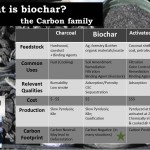 Ben Goldacre, a UK physician, writer and bad science debunker, has helped found an excellent initiative called the AllTrials Campaign. The aim of the campaign is to correct many of the funding inefficiencies as well as much of the mis-(or dis-)information related to drug trial data around the globe. I think the world of biochar could use something similar. The basic ideas behind the AllTrials Campaign that could benefit the biochar world include:
Ben Goldacre, a UK physician, writer and bad science debunker, has helped found an excellent initiative called the AllTrials Campaign. The aim of the campaign is to correct many of the funding inefficiencies as well as much of the mis-(or dis-)information related to drug trial data around the globe. I think the world of biochar could use something similar. The basic ideas behind the AllTrials Campaign that could benefit the biochar world include:
- Pre-Trial Registration – one of the shady elements of drug trials is that apparently the methods or measurements get shifted around during the trial to better highlight the positive aspects and/or conceal the less attractive outcomes. Pre-registration of the trial and methods precludes this type of shenanigans.
- Demonstration project funding necessitates trial registration – any funding for trials provided by government, NGOs, commercial enterprises or academia, etc. would require registration of the trial and reporting of the results.
- Negative findings more likely to be published. Biochar can help in many different scenarios but not all. Publishing ALL findings, including those that don’t have great results, will help understand which biochars work best in given situations.
- Reduced Conflict of interest. Biochar production companies may have a conflict of interest in terms of not disclosing less than positive results.
- Facilitation of follow up. As researchers must list their contact details, others are able to follow up more easily to ask for further information.
Providing a basic template for information to be collected for trials such as biochar production parameters (i.e. technology, highest heat, hang time) plus pre and post treatment of biochar, application methods, amounts, depth, etc. would be very beneficial to facilitate apples to apples comparisons as well as replication of best practices.
So biochar industry, what say you? Shall we join the transparency revolution?










